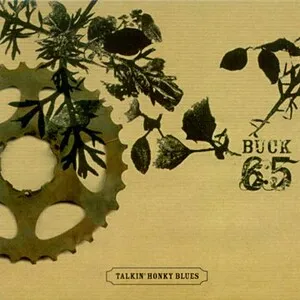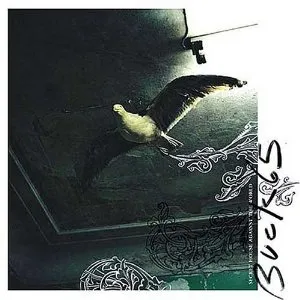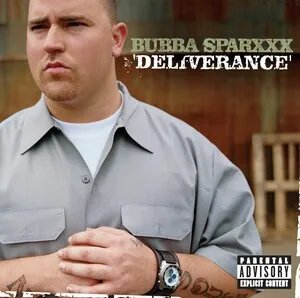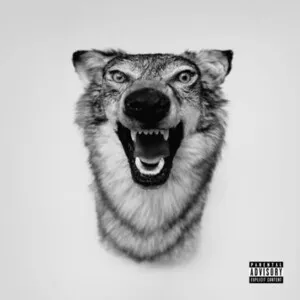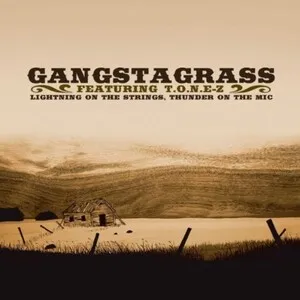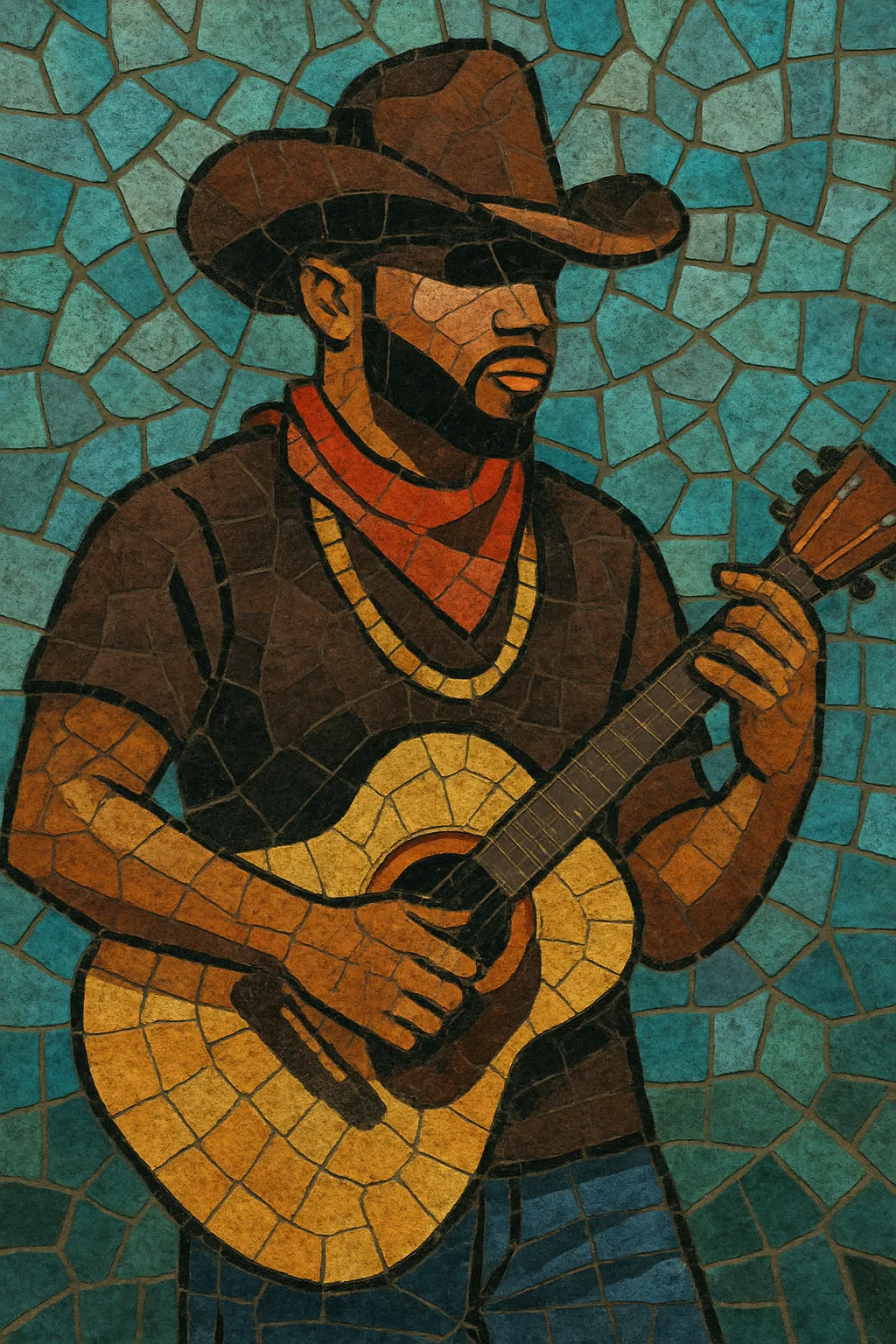
Country rap (often called hick-hop) is a fusion of hip hop’s rhythmic delivery and production with the storytelling, instrumentation, and melodic sensibilities of country music. Typical arrangements pair 808s, trap-style hi-hats, and programmed drums with banjo or acoustic guitar strums, dobro slides, fiddle lines, and twangy vocal inflections.
Lyrically, the genre spotlights rural life, working-class pride, small-town partying, back roads, pickup trucks, hunting and fishing, and family. The delivery ranges from straight rap verses to sing-rapped hooks that nod to country balladry. In the 2010s, online platforms helped the style coalesce into a distinct market, while high-profile crossover hits brought country rap into mainstream pop awareness.
The earliest notable experiment is The Bellamy Brothers’ tongue‑in‑cheek “Country Rap” (1987), which foreshadowed a fusion of Nashville themes and rap cadence. Through the 1990s, scattered crossovers and the broader rise of Southern hip hop created a cultural and sonic foundation—country storytelling and southern drawl on one side, 808s and rap flows on the other.
In the 2000s, artists like Bubba Sparxxx and Cowboy Troy helped define the approach, pairing hip hop production with overtly rural imagery and country hooks. Independent touring circuits and regional radio—especially in the American South—nurtured a grassroots audience. Parallel trends in crunk and trap influenced the rhythmic intensity and low‑end focus of many tracks.
YouTube and social media enabled a self‑sustaining ecosystem of country rappers (e.g., Colt Ford, The Lacs, Moonshine Bandits, Upchurch), complete with niche labels and festivals. Meanwhile, pop‑country acts increasingly adopted hip hop beats and cadences, blurring lines between country rap and mainstream “bro‑country.” In 2019, Lil Nas X’s “Old Town Road” became a global phenomenon, crystallizing the country‑trap crossover for a mass audience and igniting debates about genre boundaries.
The genre now spans independent rural-rap scenes and major-label pop crossovers. Collaborations among country artists, rappers, and producers (including trap and southern rock players) are common. The sound continues to evolve, integrating modern trap textures, rock guitars, and sing-rap hooks while retaining lyrical focus on rural identity and everyday life.

